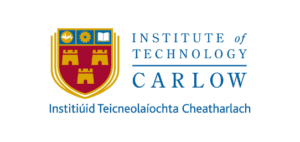BEng (with Honors) in Aerospace Engineering
Key points
Aerospace Engineering covers the design and development of all types of aircraft, including: airplanes, helicopters, satellites, and spacecraft. Aerospace engineers bring concepts to life by applying engineering principles to the design, manufacture, and operation of highly sophisticated technologies for use in aviation and space exploration. Aircraft systems refer to the ‘subsystems’ necessary to maintain the airworthiness of an aircraft, including flight controls, landing gear, electrical systems, hydraulics, avionics, navigation, communications, and instrumentation.
This course provides graduates with real-life problem solving skills. The Carlow Institute of Technology is the only tertiary institute in Ireland to have its own aerospace center on campus, comprising a range of aircraft, a wind tunnel and an avionics / UAV laboratory. These unique facilities ensure that students have the best learning environment, combining theory with practical experience. Students use industry-standard design tools such as CATIA, ANSYS, and MATLAB to design, analyze, and simulate air vehicle (AV) flights. Courses provide students with skill sets in the areas of aerodynamics, propulsion, aircraft networks, flight dynamics, control systems, aircraft leasing, integrated systems, and project design.
Program results
Many aerospace engineers work directly within the aerospace industry in roles with major aircraft manufacturers and airlines, as well as government agencies. The role of an aerospace engineer can vary wildly, from aircraft design to research, design and development, field service, marketing, and software development.
Program structure
Admission requirements
- Students must demonstrate that they have achieved a level of education in their home country that is equivalent to a High School Diploma (High School Diploma) with good grades in an appropriate language, mathematics and at least 4 other subjects.
- Students must also have an IELTS of 5.5 or equivalent.
Learn more about our educational offer
Request your quote
An advisor will contact you by phone and email within the following hours

